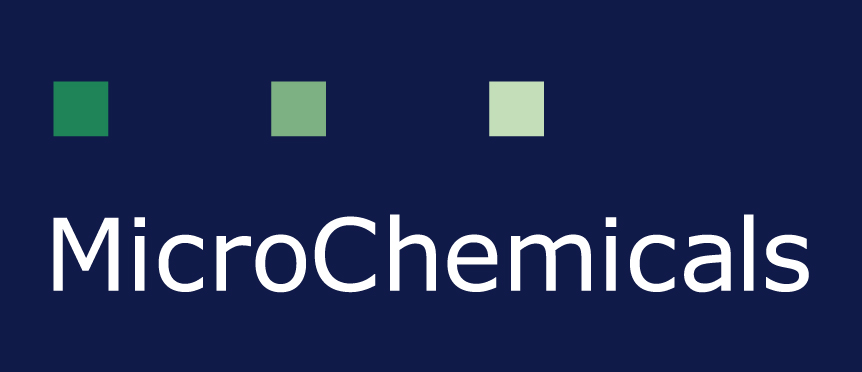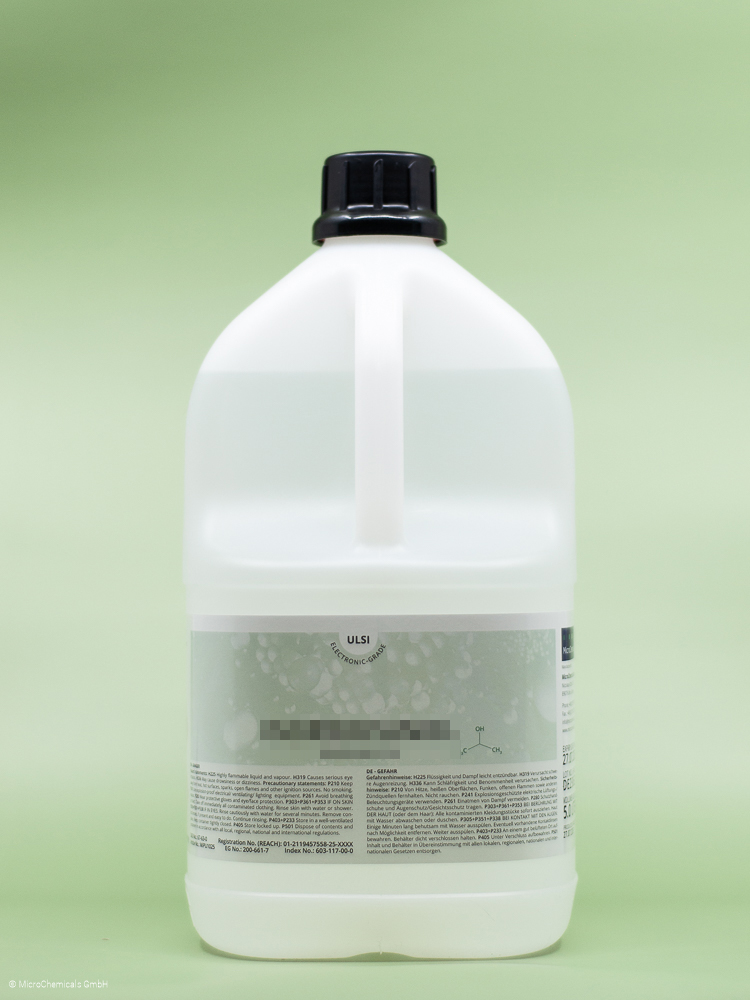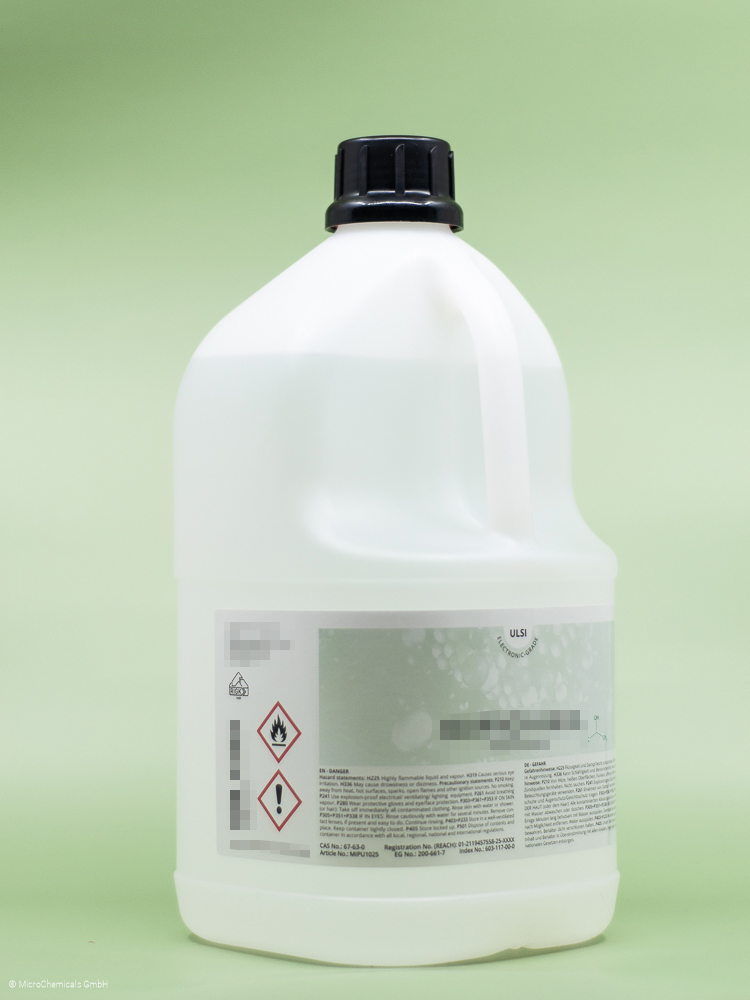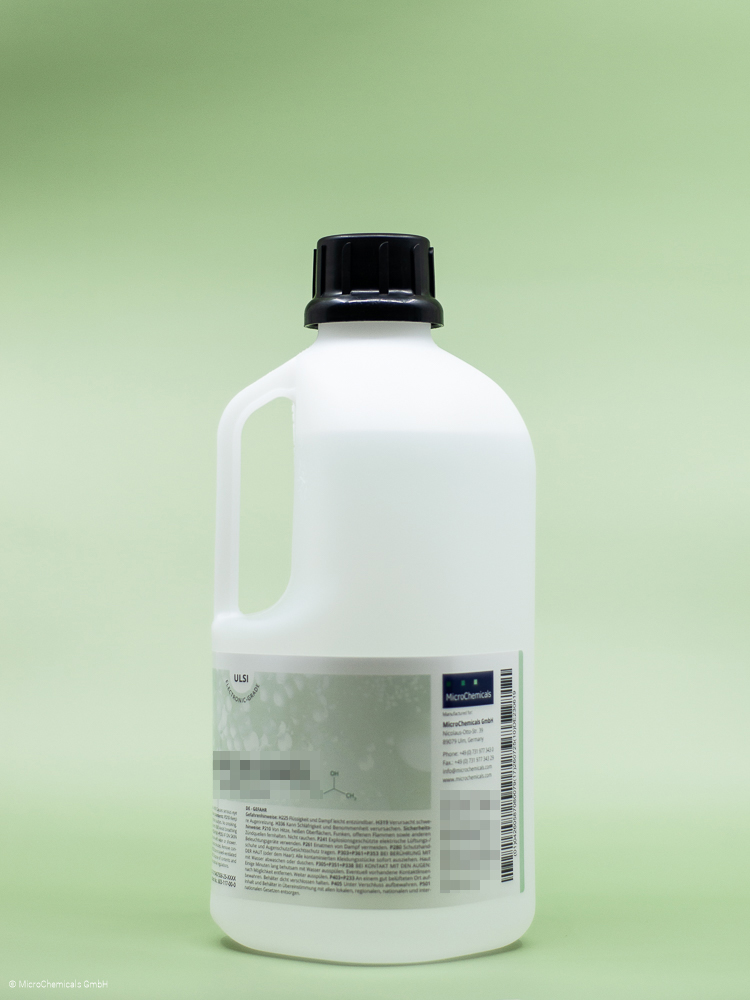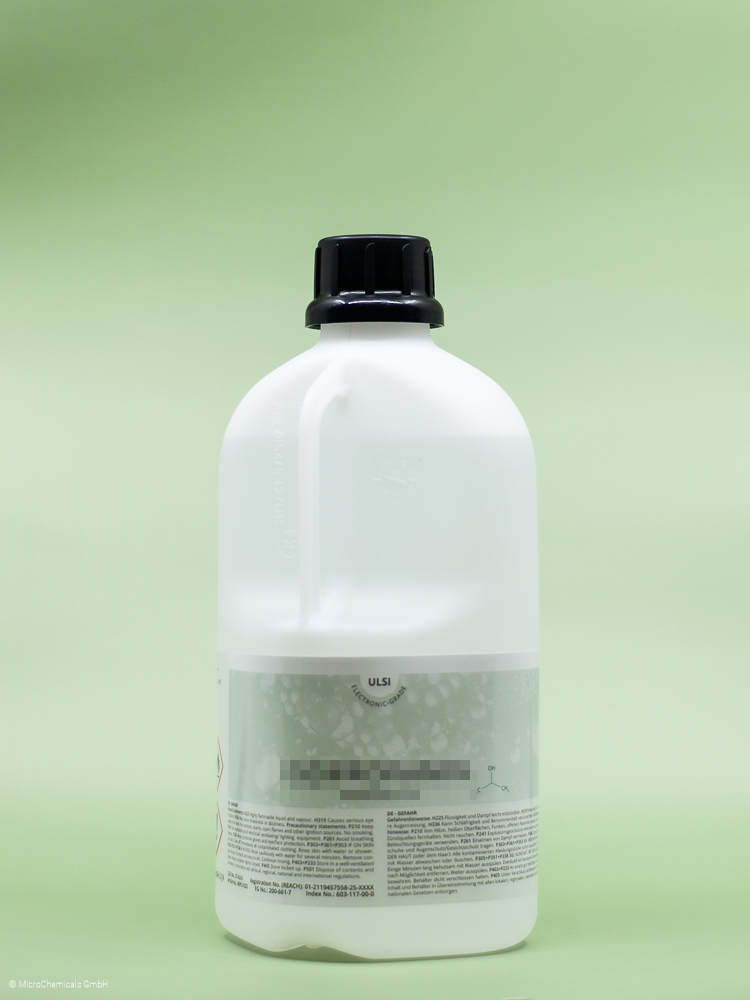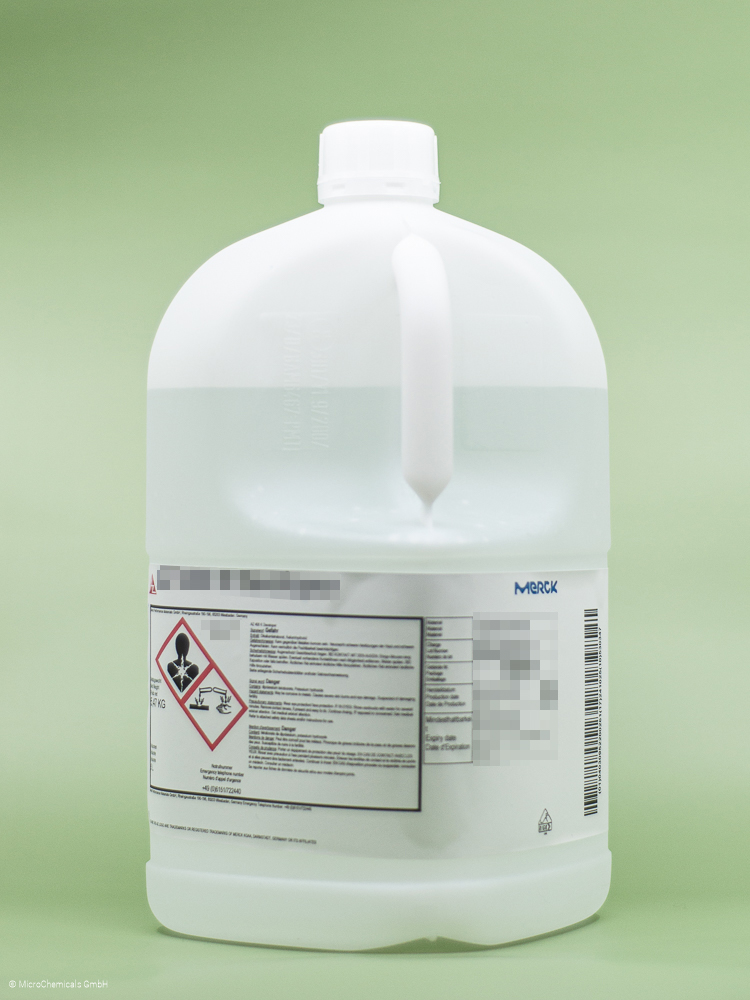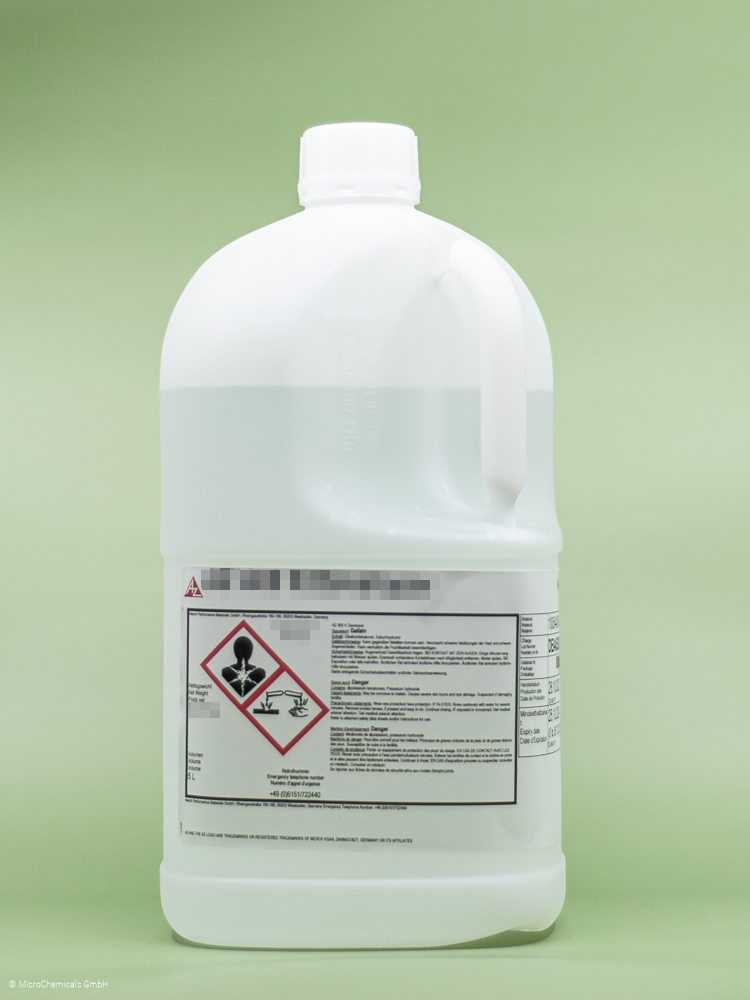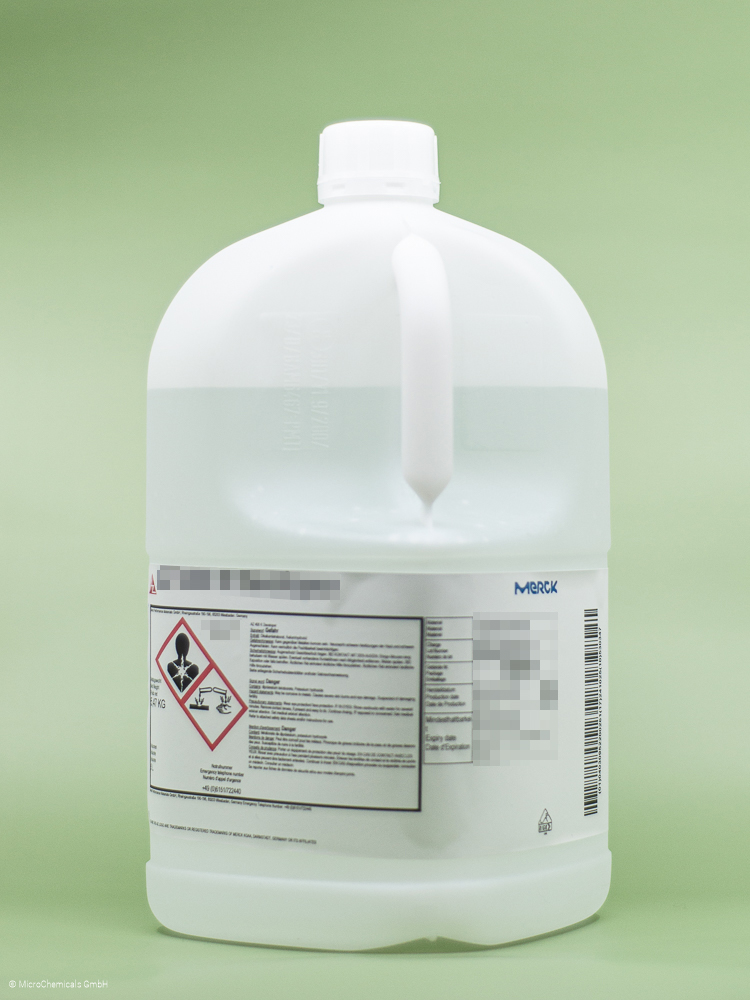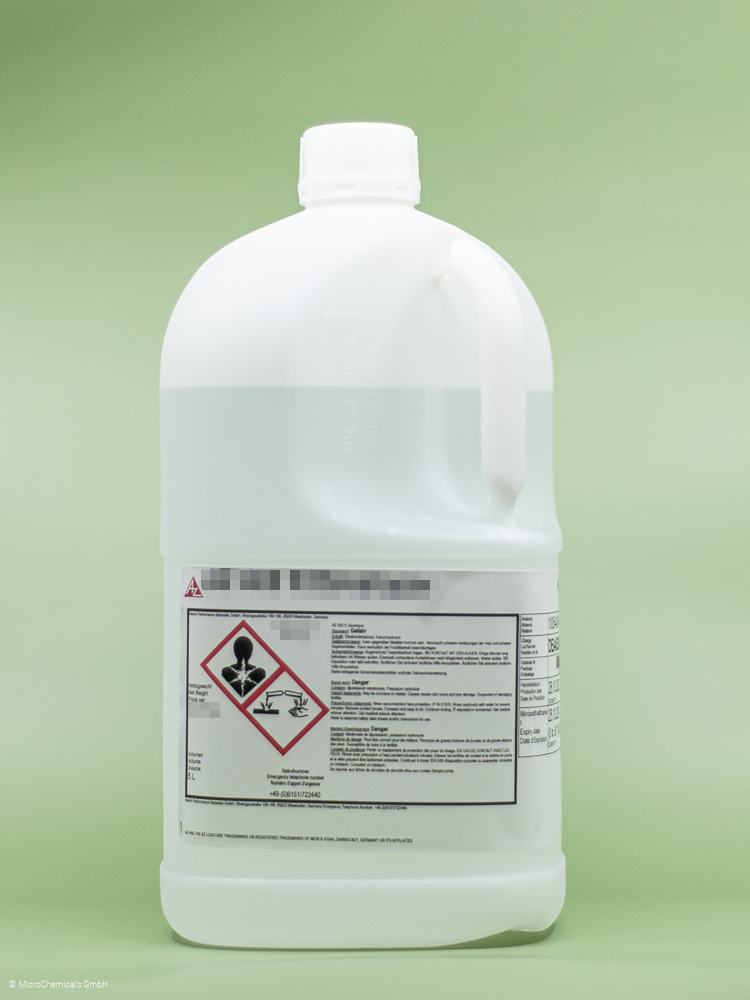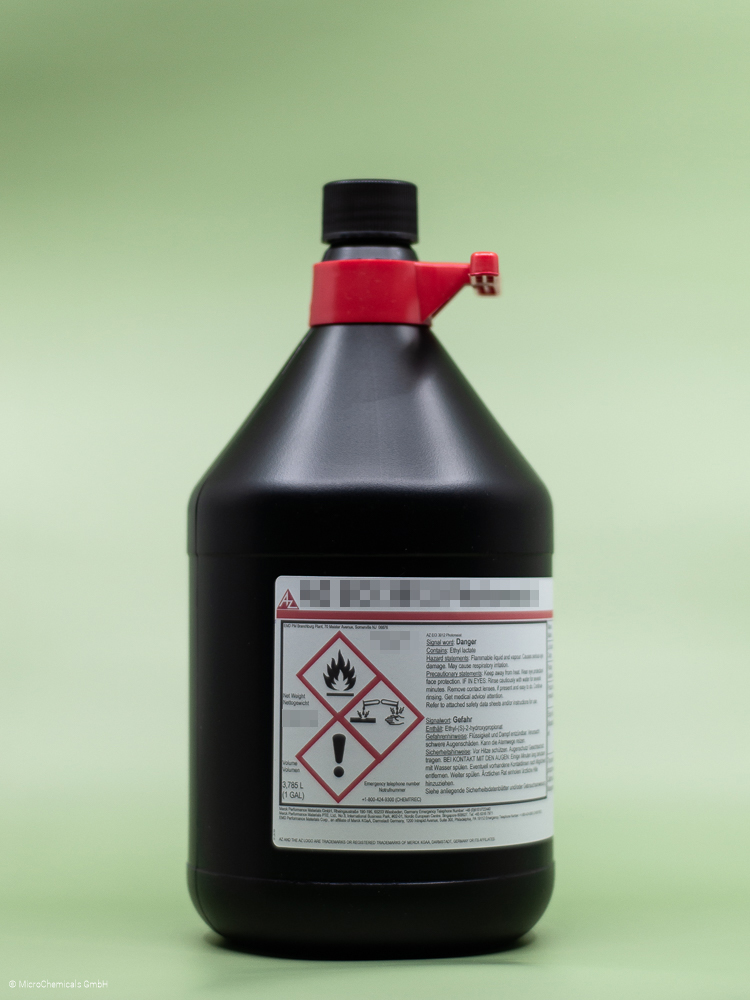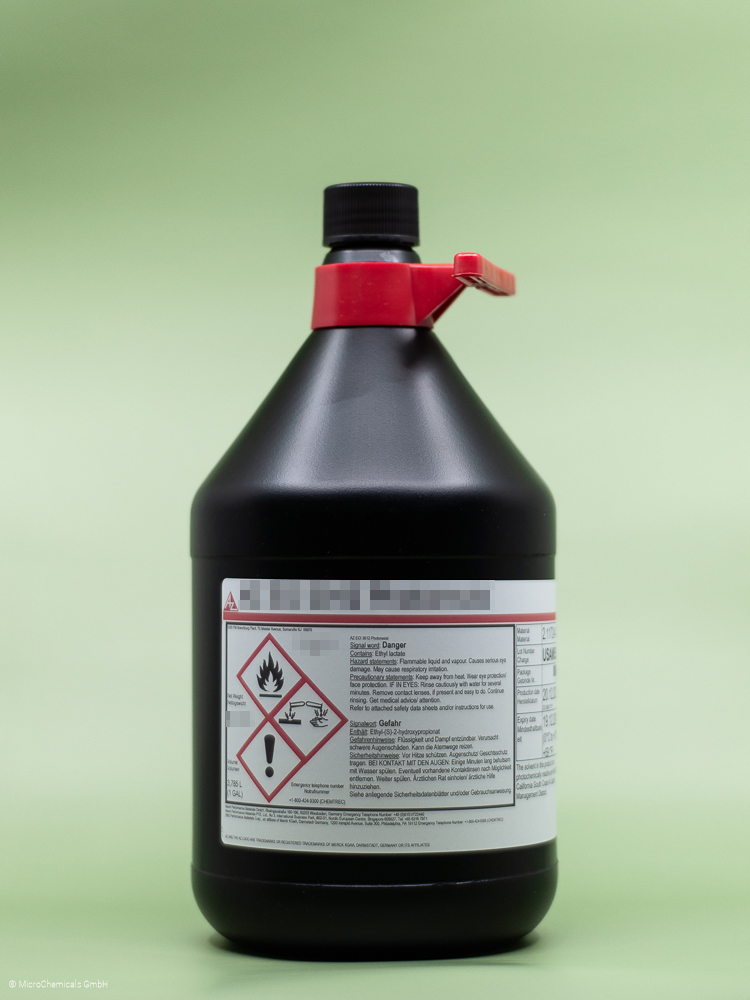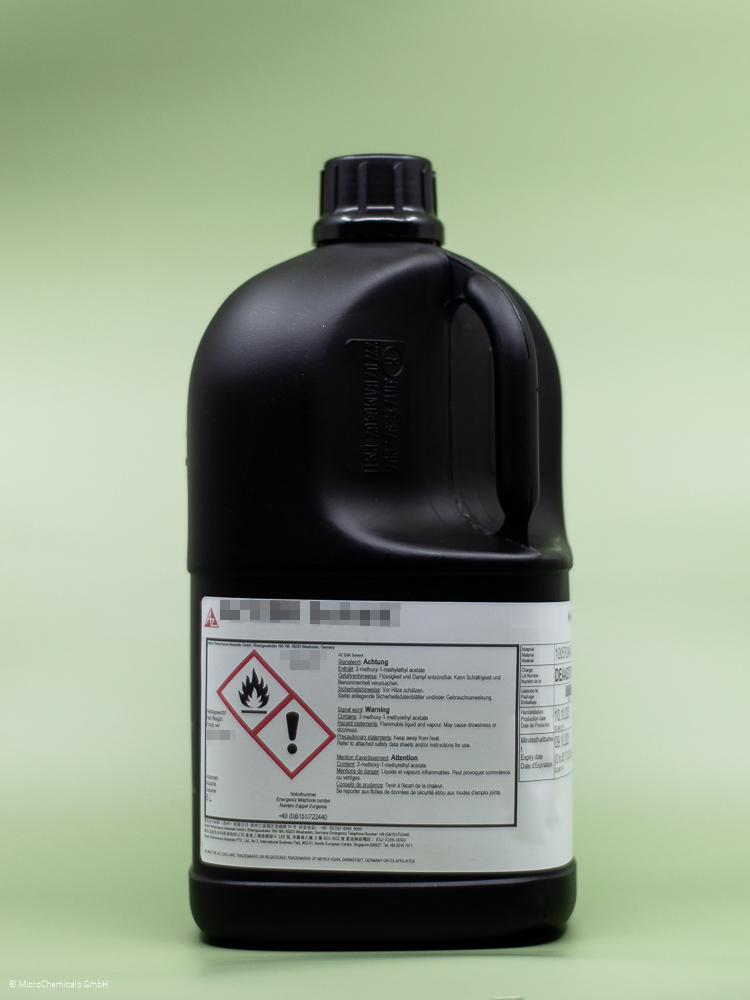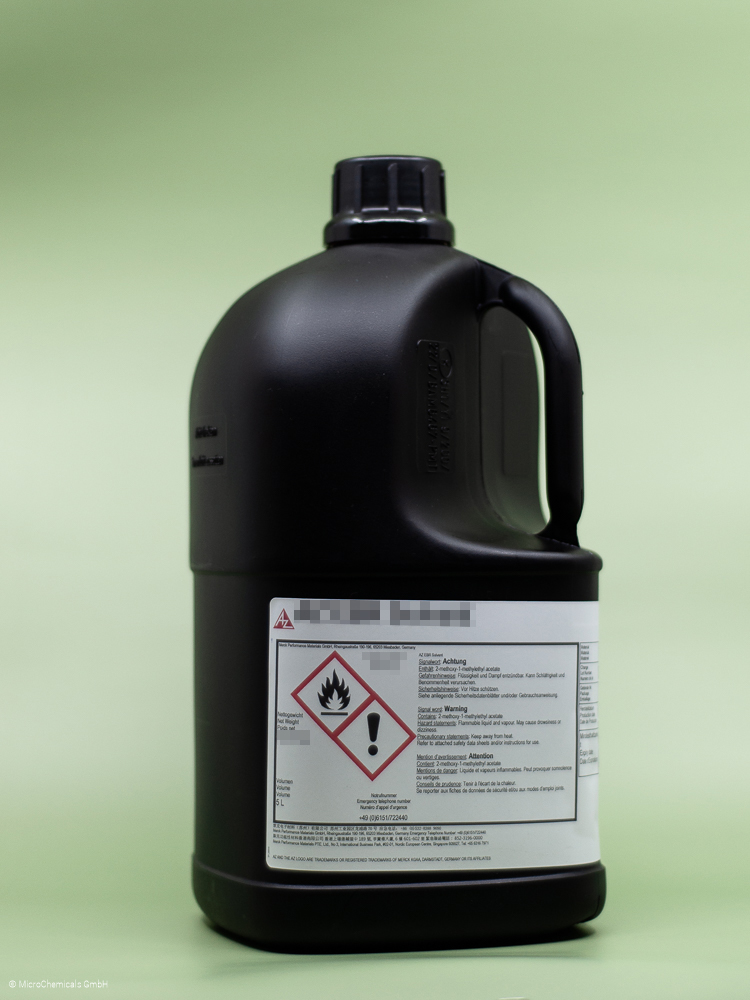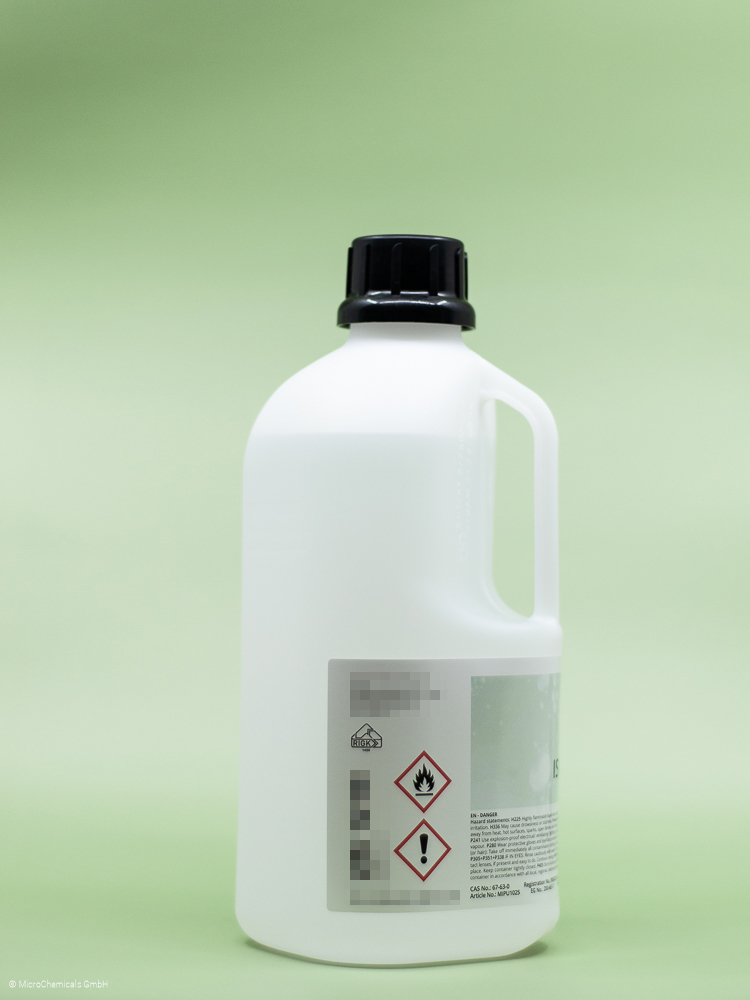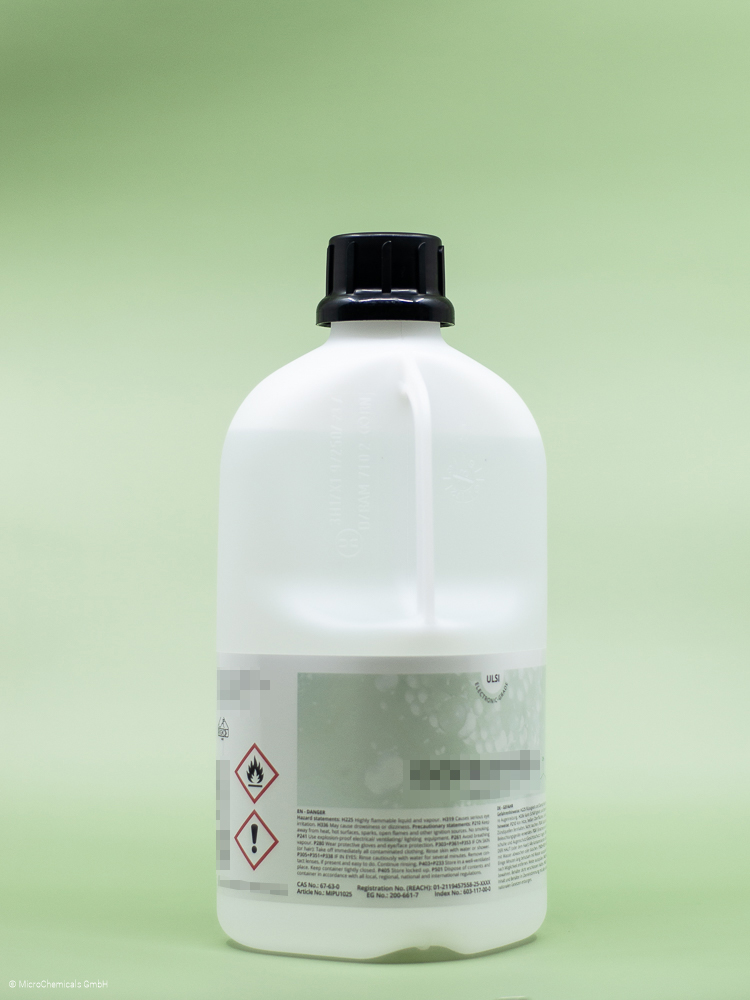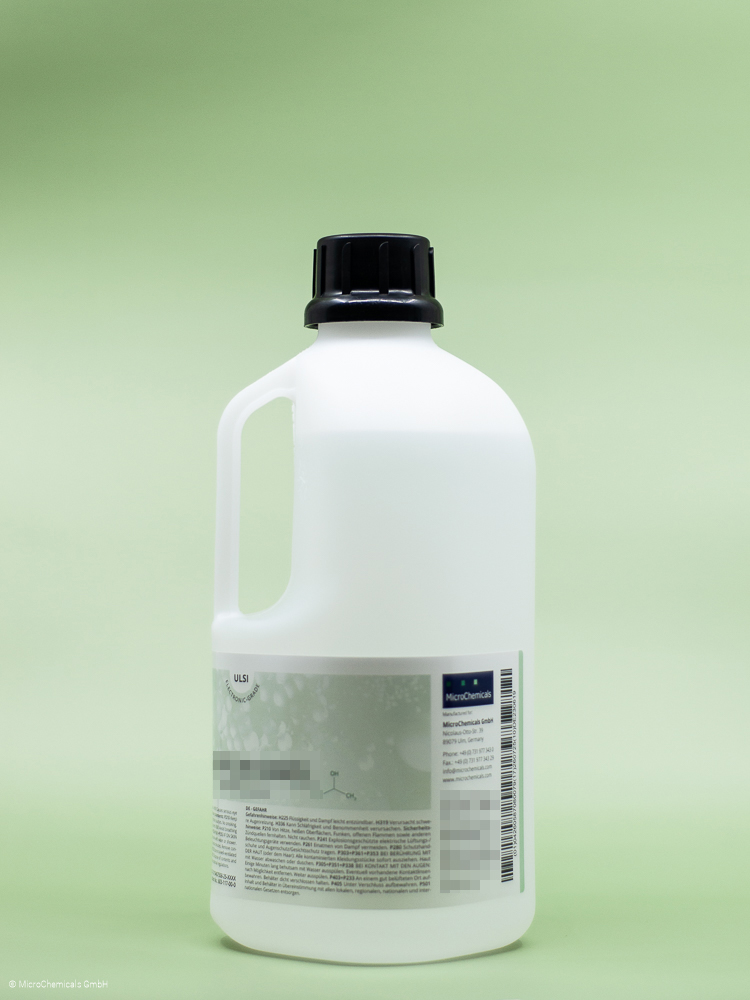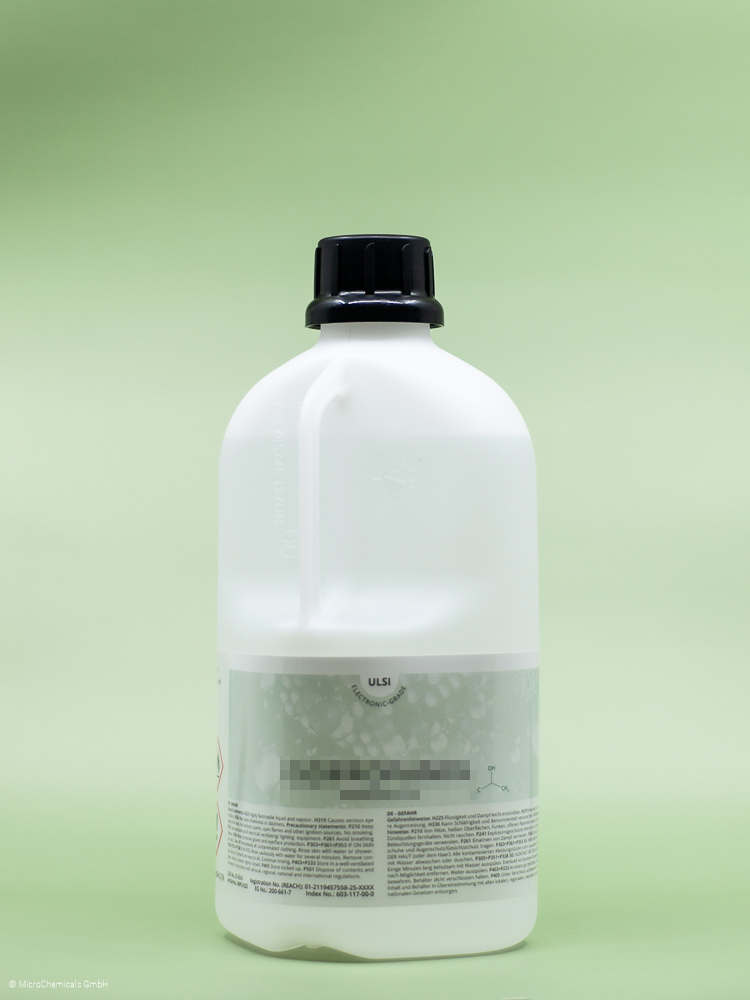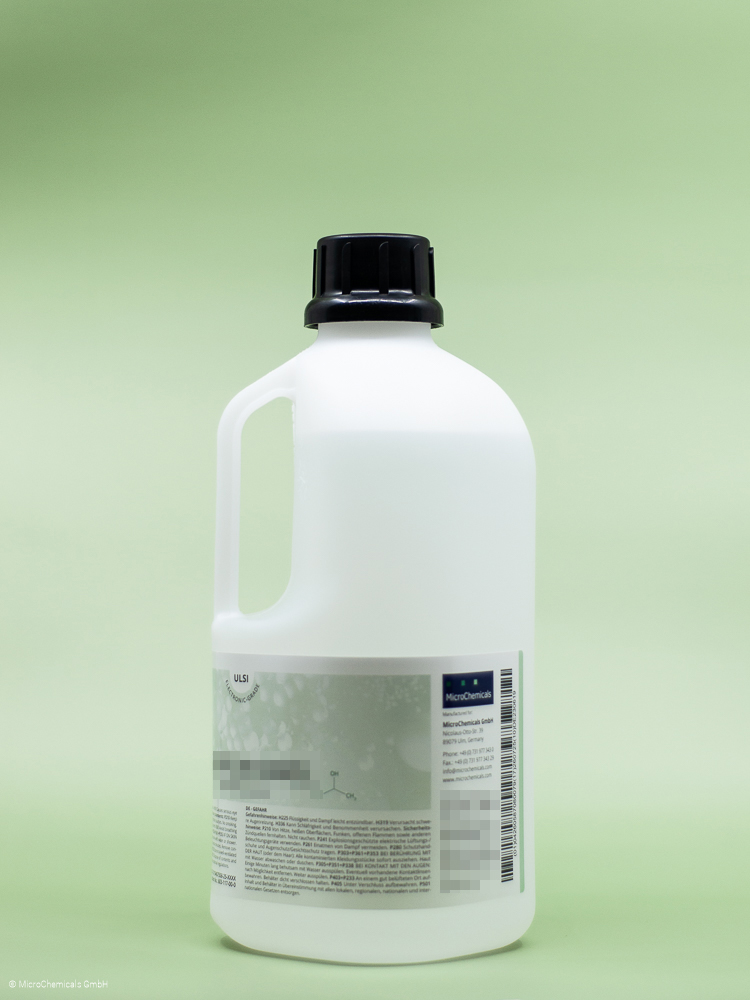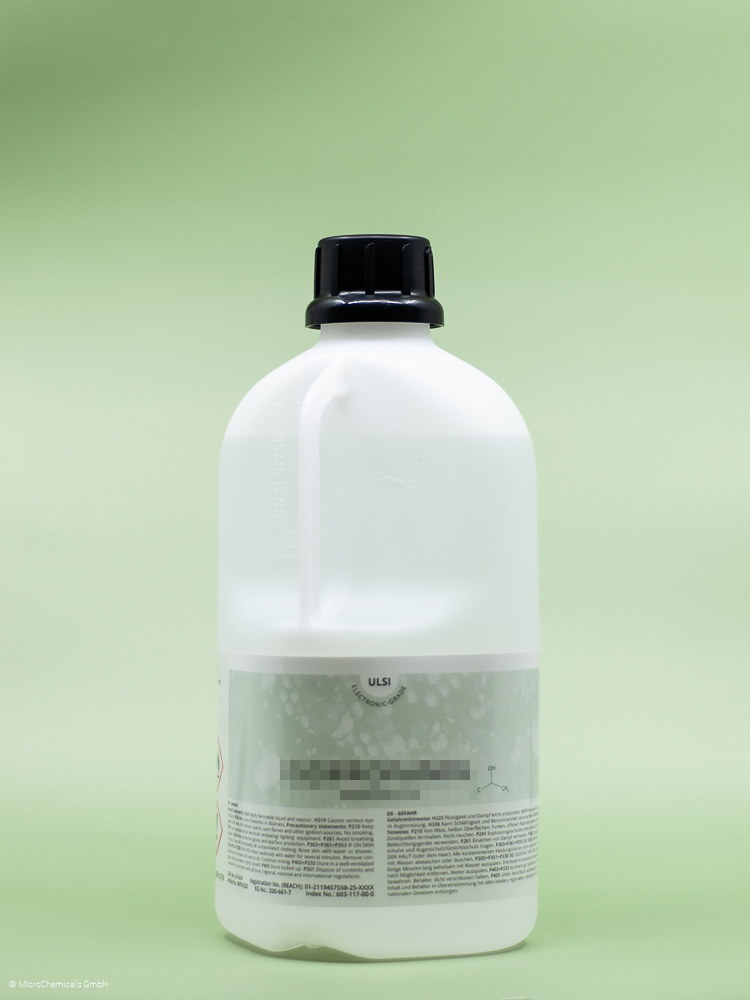
NEWS
End of Production: PL 177
July 2024
Unfortunately, the manufacturer has informed us that this product will be phased out in March 2025. We have the option for a last order in early 2025, which will allow us to deliver this product in 2025 while stocks last.
We apologize for any inconvenience caused by this decision, which is not in our responsibility, and we ask you forward this information to the employees who work with this resist and are responsible for its use.
We will do our best to help you switching to an alternative product, please contact us for this task.
Product Change: AZ®
Barli II-90 and AZ®
Barli II-200
July 2024
Merck, the manufacturer of this bottom-layer anti-reflectioce coating informed us, that by end of 2024, they will stop producing certain organic raw materials and source these from a trusted supplier. This change will impact various BARC product families. Merck has thoroughly tested and qualified raw materials from the new external sources, and they do not observe any performance or quality differences in their products.
If you need more information or the Qualification Data Package, please contact us.
PGMEA from MicroChemicals
January 2022
Our solvents are now joined by our MicroChemicals PGMEA in ULSI quality. This high-purity solvent is available in 5 litre containers and can be ordered as a single bottle or in a packaging unit of 4 x 5 litres.
MEK from MicroChemicals
July 2021
Our solvents acetone, isopropanol and DMSO are now joined by our MicroChemicals MEK in ULSI quality. This high-purity substance is available in 2.5 litre containers and can be ordered as a single bottle or in a packaging unit of 4 x 2.5 litres.
End of Production: Ordyl FP 700
July 2021
Unfortunately, the manufacturer has informed us that the production of Ordyl FP 700 dry film will be discontinued . We recommend the Ordyl FP 400 dry film as an alternative.
We very much regret this decision by the manufacturer
and will do our best to ensure a smooth transfer
of your processes to an alternative coating.
End of Production: AZ®
520D
February 2021
With the attached PCN, Merck regretfully informed us that the production of the AZ® 520 D protective coating will end by the end of 2021 at the latest
. Basically, the AZ® 520 D is a photoresist without photoinitiator, which should make it easy to find a suitable alternative. We would be pleased if you contact us to discuss your requirements for a protective coating and to find another resist from our portfolio, which can be either a cost-effective standard photoresist or another PAC-free coating.
We very much regret this decision by the manufacturer and will do our best to enable a smooth transfer of your processes to an alternative coating
End of Production: AZ® 5215E
January 2021
The manufacturer Merck informed us that production of the AZ ® 5214 E will be discontinued by the end of 2021(PCN). We have also been informed that a similar (but not identical) product is already on the market: the Japanese version of the AZ ® 5214E.
To support you in qualifying the Japanese AZ® 5214E, we can provide samples of this resist in the near future (expected February / March 2021) and support you technically in optimising the process parameters.
New Products
January 2021
We have added some AZ®
products to our product portfolio. If you are interested in a consultation, a technical exchange or a sample enquiry, please do not hesitate to contact us.
End of Production: NMP
December 2020
For some years now, NMP has been classified as toxic to reproduction and the use of NMP has been increasingly restricted and has been on the EU's list of substances of very high concern for several years. The EU has now further tightened up the use of NMP so that after 9 May 2020, NMP can only be used under special precautions.
Technic France, our current sole supplier of NMP, has decided to discontinue the production of NMP completely.
We have some products that can replace NMP in the
programme, and many of our customers have already qualified
for NMP alternatives in the
past due to the increasingly problematic situation.
We would be happy to provide you with samples of possible
alternatives; it is best to briefly describe the process and the
(substrate) materials involved so that we can work with you to find the
best alternatives.
AZ® Remover 920 Remover based on Organic Solvents
October 2020
Product Change: AZ® MIR701
July 2020
The manufacturer of the photoresist AZ® 701 MIR (14 and 29 cPs) has informed us about a planned product change notification (PCN) regarding a PFOA ingredient.
As the qualification document(14CPS and 29CPS) shows, the PFOA-free AZ 701 MIR does not show any significant changes compared to the PFOA-containing AZ 701 MIR. If you would like to test or qualify the PFOA-free AZ 701 MIR, we can provide you with samples.
DMSO from MicroChemicals
June 2020
In addition to our solvents acetone and isopropanol, our MicroChemicals DMSO is now also available in ULSI quality . This high-purity substance is available in 2.5 litre containers and can be ordered both as individual bottles and in packaging units of 4 x 2.5 litres.
Due to its low vapour pressure and water solubility,
DMSO is an excellent substitute for NMP, which has been classified as toxic for some time
, for the removal of paint or lift-off.
Acetone and Isopropanol from MicroChemicals
June 2018
MicroChemicals acetone and isopropanol are now available in ULSI quality. Our solvents are available in 2.5 litre containers and can be ordered as individual bottles or in packaging units of 4 x 2.5 litres Both products are ideal for substrate cleaning for organic contaminants and particles.
>
Specs Isopropyl Alcohol (ULSI)
>Specs Acetone ULSI
> Sample request
